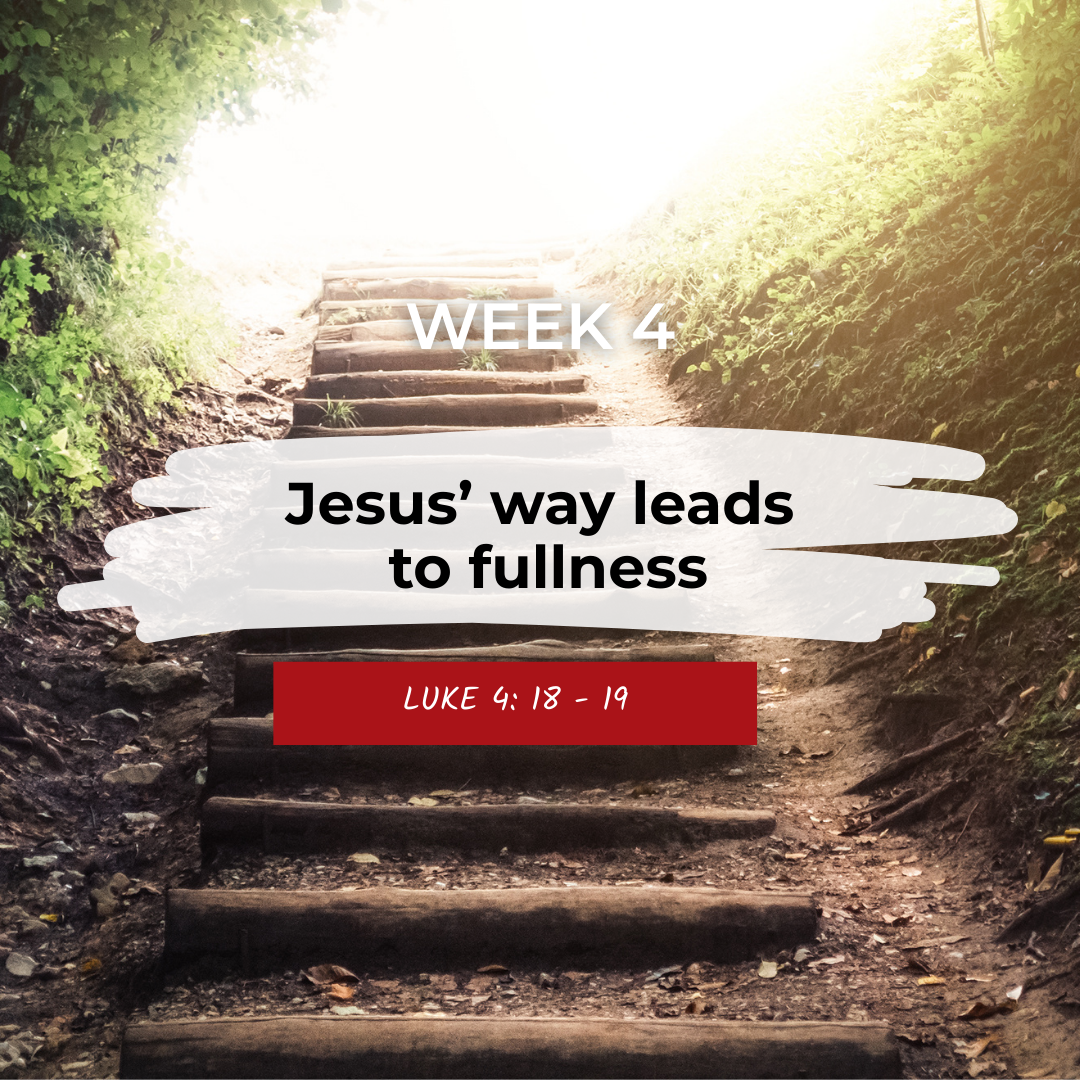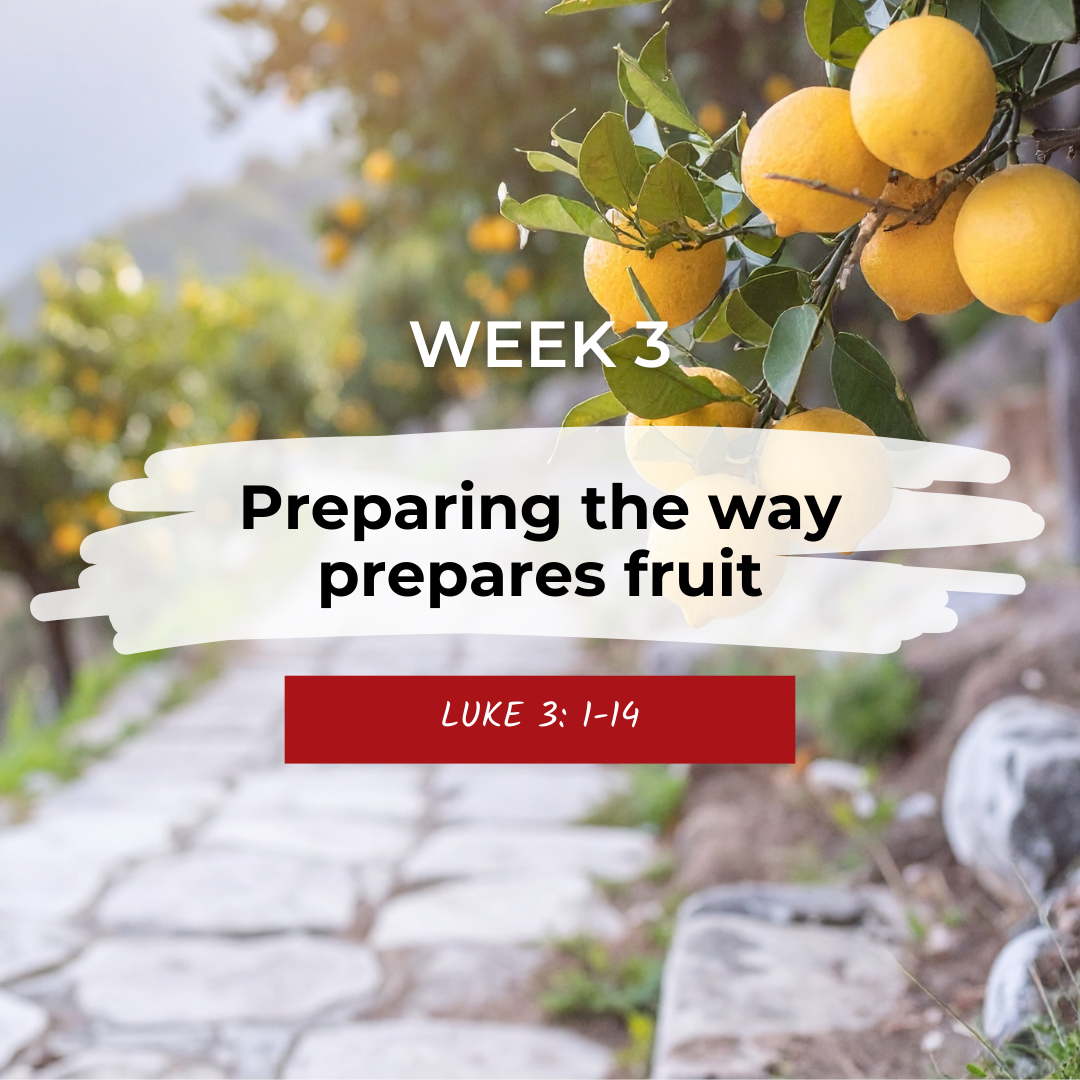Community Based Inclusive Development (CBID)
Pacific, Stories | June 25, 2024
Implementing the Convention on the Rights of Persons with Disabilities (CRPD) and Sustainable Development Goals (SDGs) happens not only through policymaking and the development of roadmaps at international and national levels, but, most importantly, it happens at a grassroots level. This is because when disability-inclusive policies finally reach the community, their implementation can often be obstructed or delayed by various barriers. Without community support and uptake of these programs and ideas, the structures and systems that implement these policies are not effective.
The CBID approach aims to implement CRPD approaches directly within communities. When CBID is applied alongside people with disabilities, their families and grassroots-level disabled persons organisations (DPOs) to explain the CRPD in a way that is relevant within local contexts, it also contributes to empowerment of the people it seeks to support.
CBMs technical expertise and programming experience means our impact through implementing and advising on disability inclusive development can lead to significant change for people with disabilities. This is particularly true of CBID; CBM has a history of successfully implementing a CBID approach in its work with people with disabilities living in the poorest places in the world.
A CBID approach works to remove the barriers that limit people with disabilities from participating in society and enjoying the same human rights as everyone else. The kind of opportunities CBID offers people include:
- Working with them to get involved with community groups
- Supporting them to participate in social activities
- Supporting communities to understand the rights, abilities and potential of people with disabilities
CBID has grown from a single sector (Community-Based Rehabilitation [CBR], or health) to a multi-sectoral approach (CBID) that is implemented in over 90 countries around the world. With more countries aligning their disability laws with the CRPD and the world taking on the challenge of Agenda 2030 to leave no-one behind, this bottom-up approach to policy implementation is more important than ever.
CBID practice focuses on the creation of inclusive societies where people with disabilities have access to social and development benefits like everyone else in their communities. The rationale is that no one should be excluded from development for any reason, and that the inclusion of marginalised people in development processes reduces poverty, builds community resilience and benefits the whole of society. Together, people analyse and address the issues that contribute to inclusive development in their community.
CBID uses a twin-track approach in which people with disabilities, governments and community-based organisations work together to address barriers to meaningful participation and inclusion experienced by this group. At the same time, it ensures that specific services and supports required by the diverse population of people with disabilities are provided to enable full participation and the movement’s capacity to engage effectively with government and other development stakeholders. While the development process may begin from within the community itself, there is often a facilitator, or a group from outside the community, that initiates CBID.
The purpose of implementing CBID is community mobilisation. Community mobilisation is a process in which action is stimulated by the community itself, or by facilitator(s) and that is planned, carried out, and evaluated by the community’s individuals, groups and organisations on a participatory and sustained basis. The activities used to mobilise a community include participatory mapping, capacity building, awareness raising and advocacy, networking, and sharing, learning and accountability. The success of the SDG agenda depends not only on the commitment of local and national governments, but also requires the initiative and coordinated action at the community level by people themselves. The goals and targets of SDG will only be achieved if local communities are mobilised and empowered.
A partnership of people with disabilities and their families, community practitioners, service providers, DPOs, NGOs, local government officials and United Nations (UN) country offices is essential for an effective, bottom-up and inclusion-focused realisation of the SDGs and their specific targets. Using an inclusive approach, CBID is the best guarantee that communities will be activated, and the essential health (including rehabilitation), education, labour and other community services are created, or gaps in existing services filled, to meet the needs of people with disabilities and their families.
CBID is implemented by a diverse range of groups: women, men, girls and boys with different types of disability, their families, organisations, communities, relevant government and non-government health, education, transport, livelihood, social and other programs and services. This diversity ensure that all people are included and no one is left behind in development efforts. Key outcomes for a CBID approach include proactive communities, inclusive systems at a local level, appropriate individual support, and non-discrimination. These are important aspects of a society and community which is able to achieve the Agenda 2030 goals.
The aim is empowerment. When marginalised people are informed, organised and mobilised for inclusive development in their own communities, inclusive structures and services can be created so that everyone who needs them has access on an equal basis with others. More importantly, inclusive development ensures sustainable empowerment. This is because individuals recognise that they can change their situation, are given the tools to do so, and are organised and mobilised for collective action. Through practical experience on the ground, communities can build capacity to develop relevant health, labour, education and other services in their own communities.

On 13 June 2019, the Permanent Mission of Austria with the support of the Zero Project and the International Disability and Development Consortium held a CoSP side event title “Community Based Inclusive Development Working with Communities in the Implementation of the CRPD and the SDGs”. This event was co-sponsored by the Permanent Missions of Ethiopia and Czech Republic, the International Disability Alliance (IDA), CBR Global Network (CGN) and the United Nations Human Rights Office of the High Commissioner (OHCHR). It was moderated by Catalina Devandas, Special Reapporteur on the Rights of Persons with Disabilities.
Case study
A three-way approach to engaging for disability inclusion (self help groups, citizen forums and local government):
The project
In the CBM-supported DFAT funded Strengthening Community Based Inclusive Development in Bangladesh, CBM partner Centre for Disability in Development is working with both local government and civil society towards inclusion of people with disabilities and other marginalised groups in local development processes. This includes a particular focus on health, livelihoods and disaster risk reduction.
What is different from business as usual?
- Citizen forums. Many of CBM’s projects involve engaging with self-help groups and government through advocacy. This time, our partner is also developing and supporting citizen forums. These forums involve respected community members, often with positions of influence (e.g. doctors, business people, religious leaders, teachers and school committee members), who are made aware of the rights of people with disabilities and responsibilities of government in ensuring these rights are upheld.
- Directly strengthening local governance. The project also involves direct strengthening of local governance including working with union parishads to establish regular meetings of key standing committees and other committees that oversee community clinics and disaster management. They are also working for inclusion of members with disabilities on these committees and physical accessibility of local government complexes.
How well is this working?
This approach is already showing promising signs of progress. The three-way approach is leading to commitment to achieving inclusion by a range of community members, not just people with disabilities and their families. Along with the strengthening of local governance that includes people with disabilities and increased awareness of responsibilities, there is a good basis for government to be held accountable and some advocacy is beginning.
What are some examples of how is this translating into action?
- Citizen forums and self-help groups have advocated for and been engaging in community scorecard and public hearing processes. These processes involve holding the community clinics and the union parishads accountable for their plans.
- In one union, they identified 268 people with disabilities who were not on the official Social Service Department list and advocated for them to be included.
- Another citizen forum has arranged full studentships for students with disabilities.
What are some of the challenges to address for better inclusion?
Ongoing challenges include participation of women and people with particular types of impairment; the need for awareness amongst people with disabilities and family members who are not involved in self-help groups; and further accessibility of government offices to enable advocacy and access to services.
Acknowledgements
CBM acknowledges and thanks contributions to this piece from the following organisations and web resources:
- The Permanent Mission of Austria
- Zero Project
- International Disability and Development Consortium
- Community Based Inclusive Development: Reaching Communities in the Implementation of the CRPD and SDGs | Permanent Mission of Austria
https://www.cbm.org.au/stories/cbid-community-based-inclusive-development
Related Stories

Advent 2025: Jesus’ way leads to fullness
The way of Jesus gives people freedom and empowers them to live out their God-given purpose. The last few weeks...

Advent 2025: Preparing the way produces fruit
John the Baptist called people to prepare for God’s presence through repentance and by producing fruit (acts of justice,...

From sports to advocacy – the journey of the Isiolo Umbrella Disability Group
The Promoting Inclusive Delivery of Eye Care (PRIDE) Project is a...
